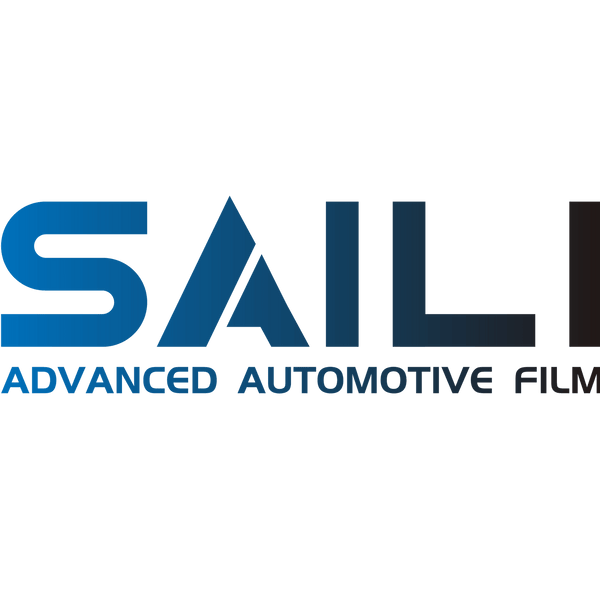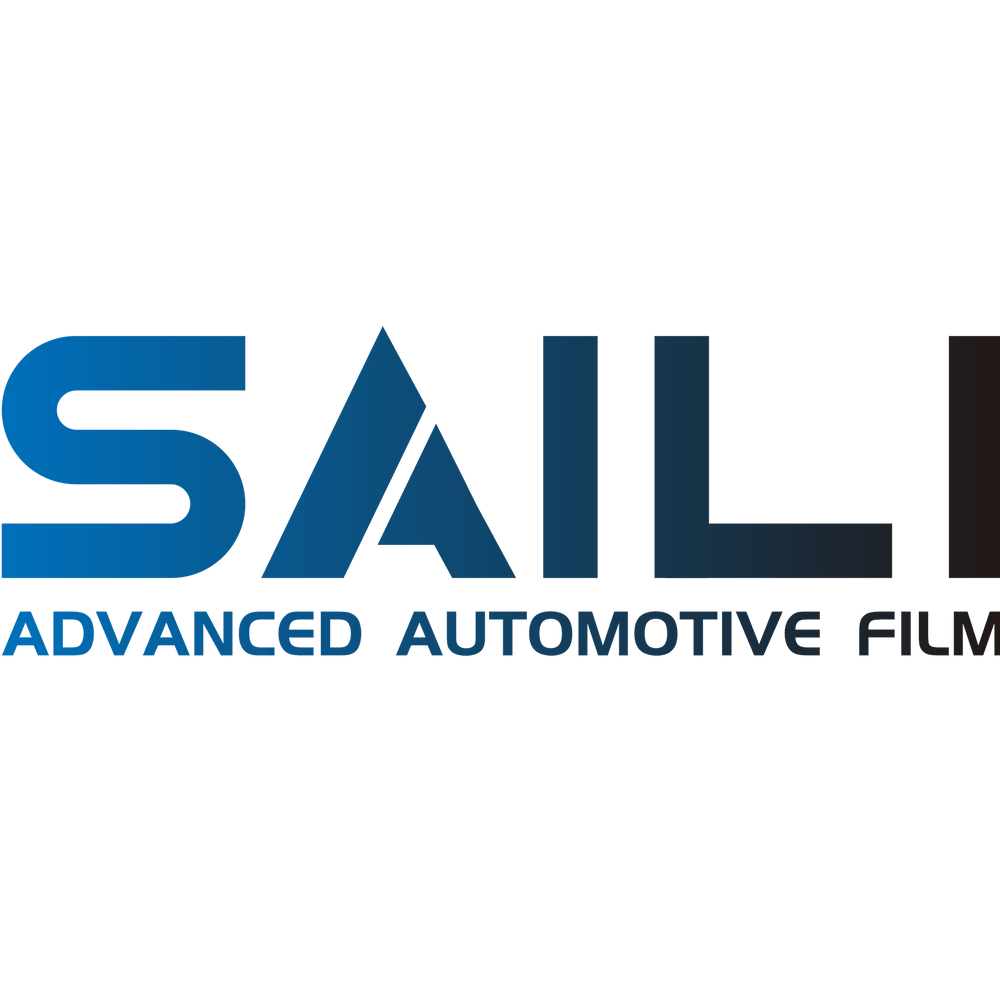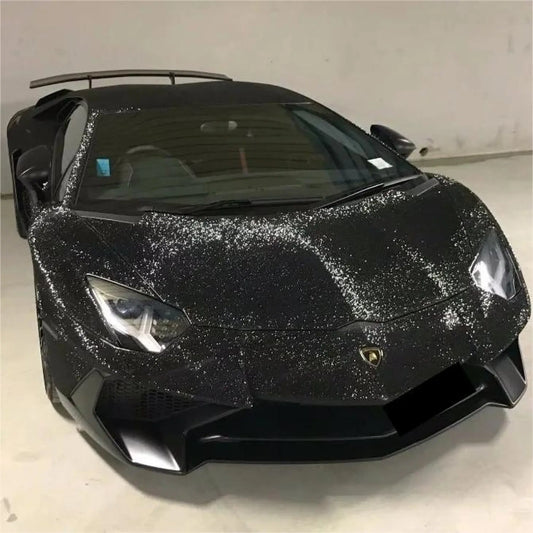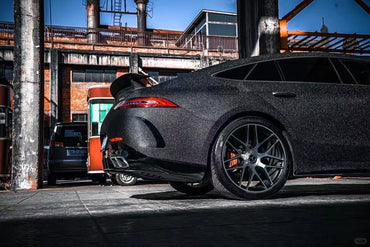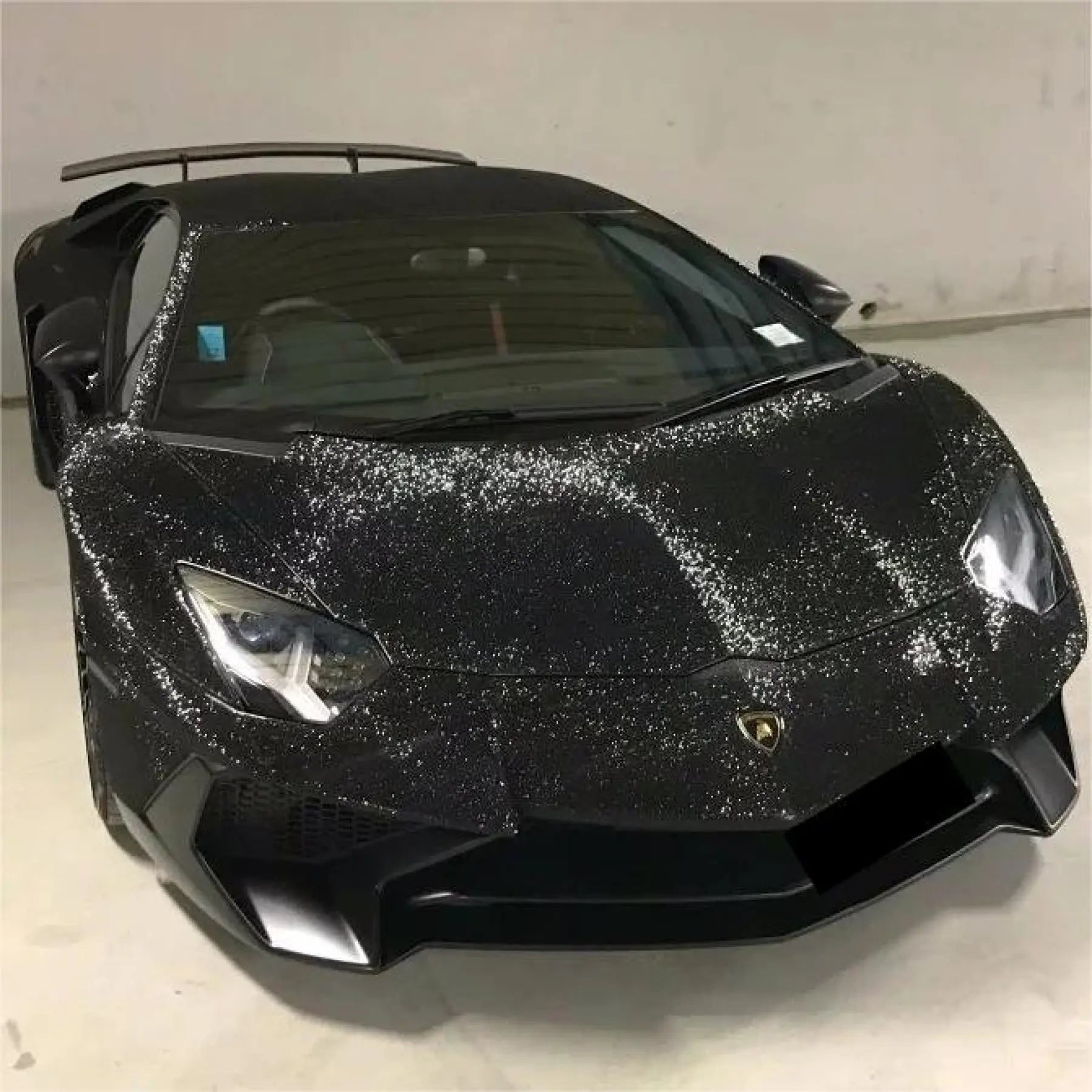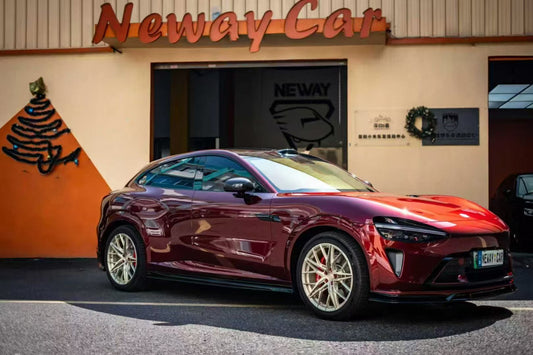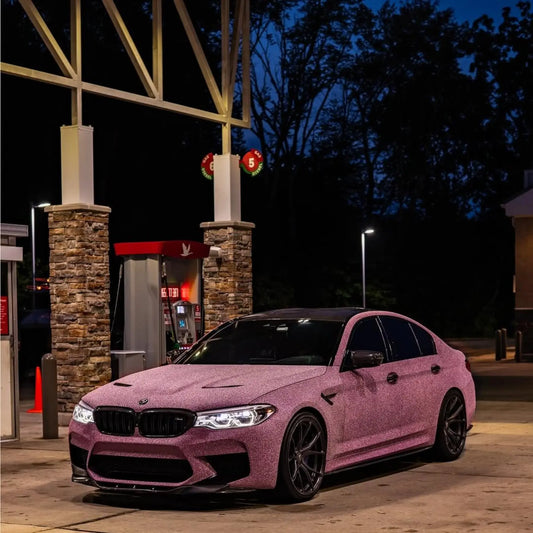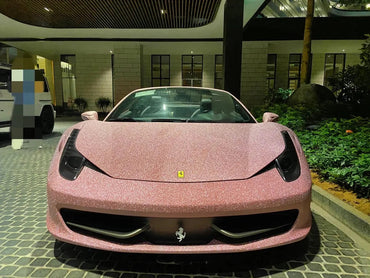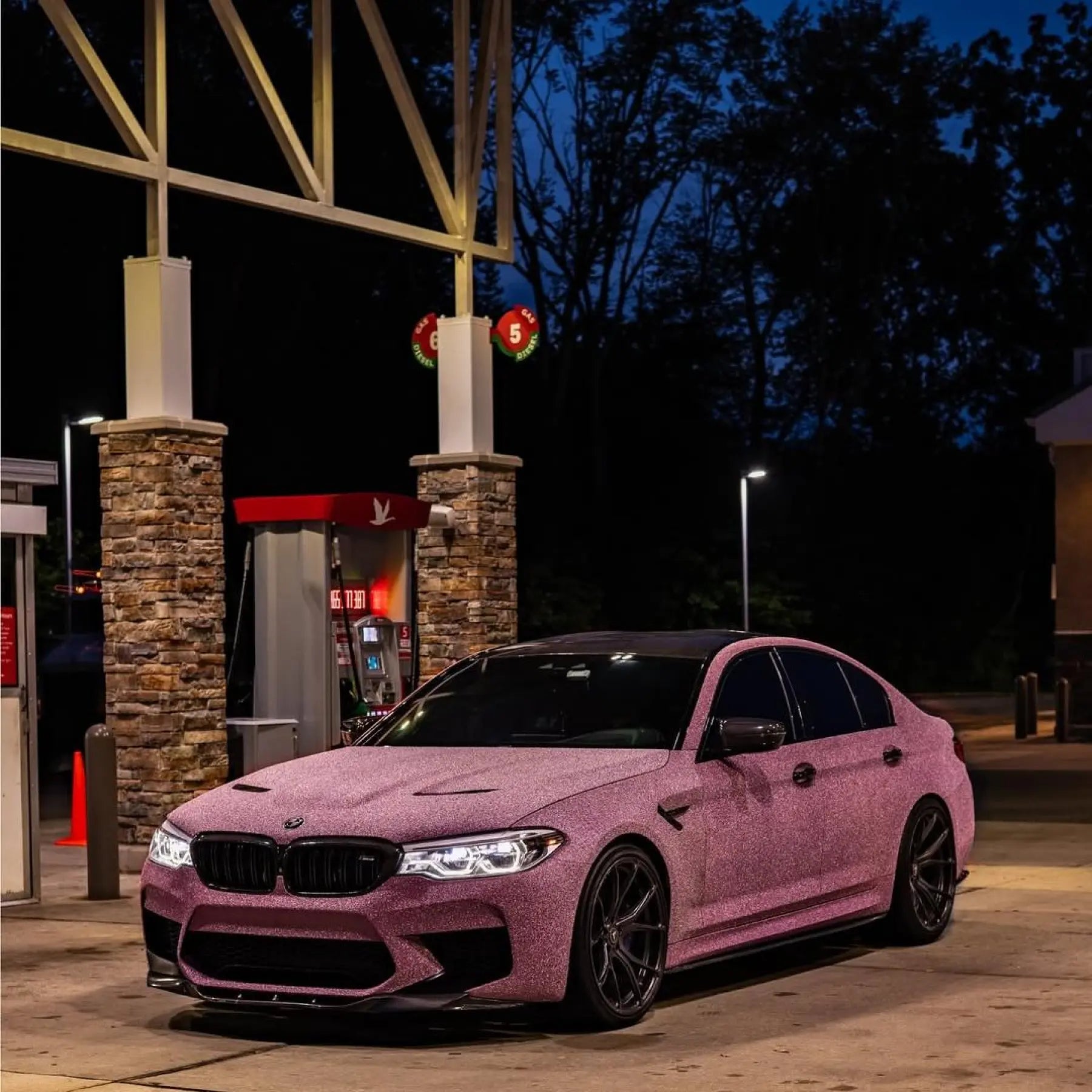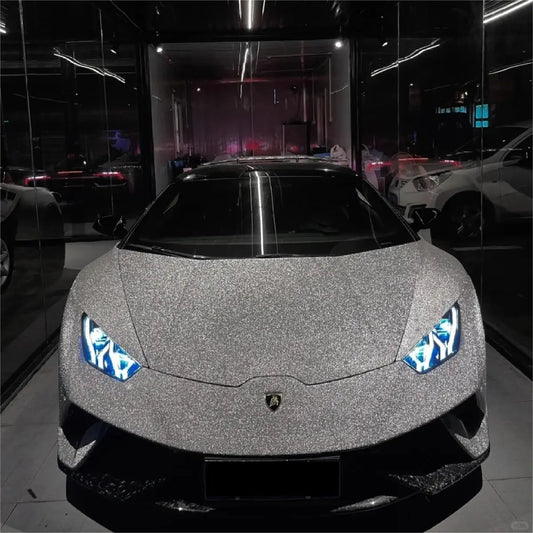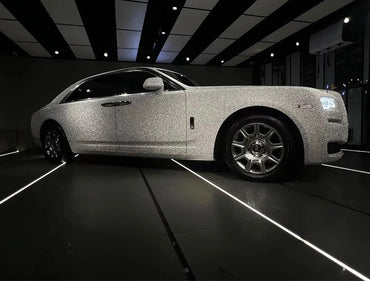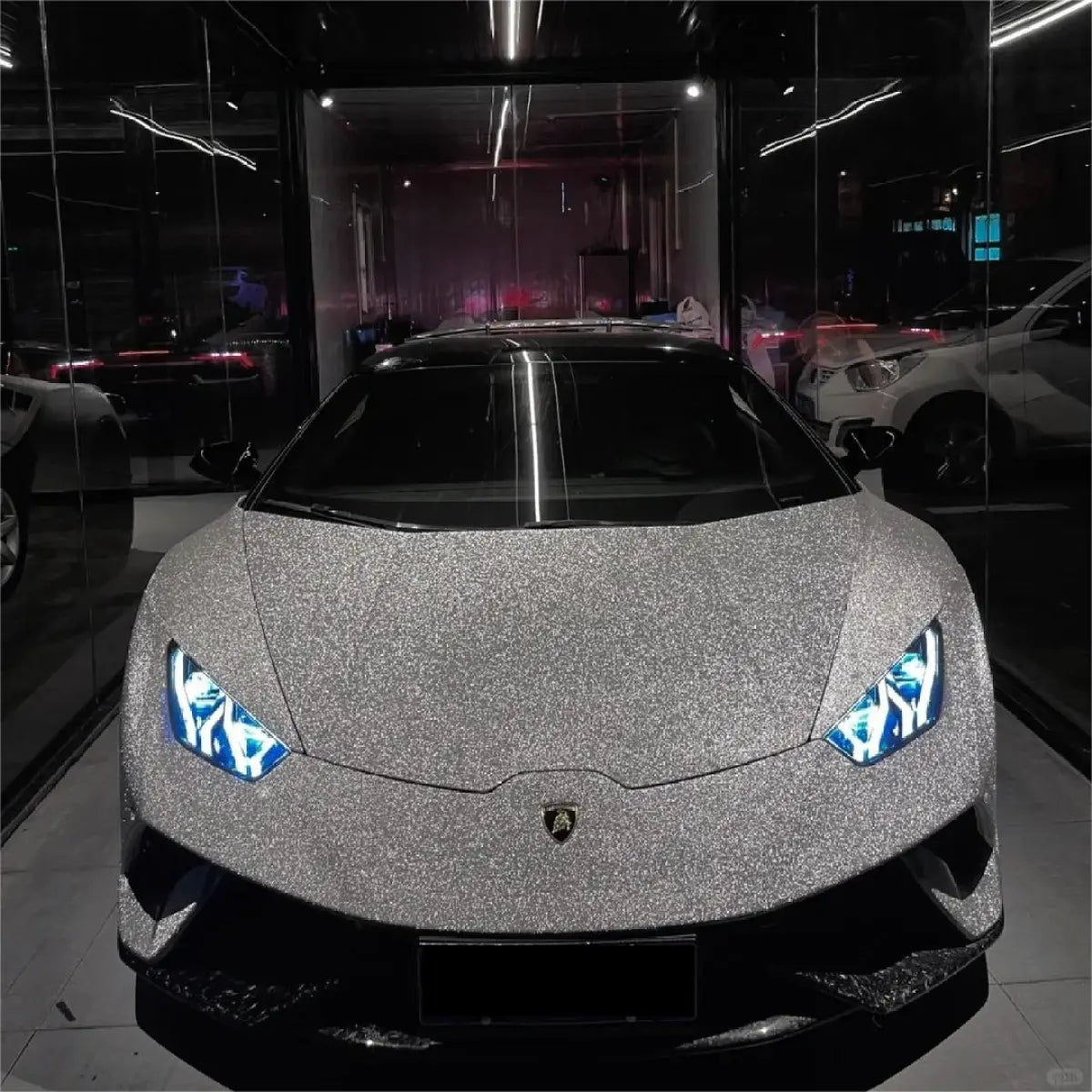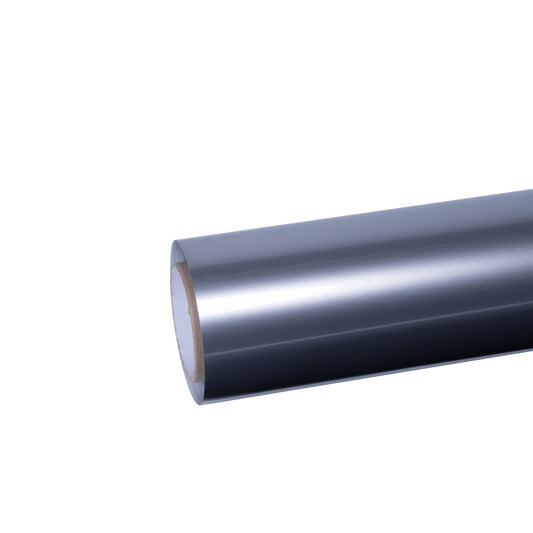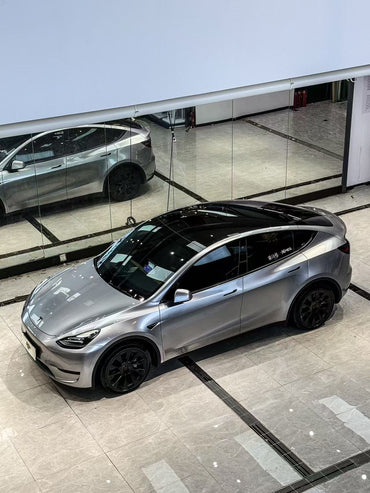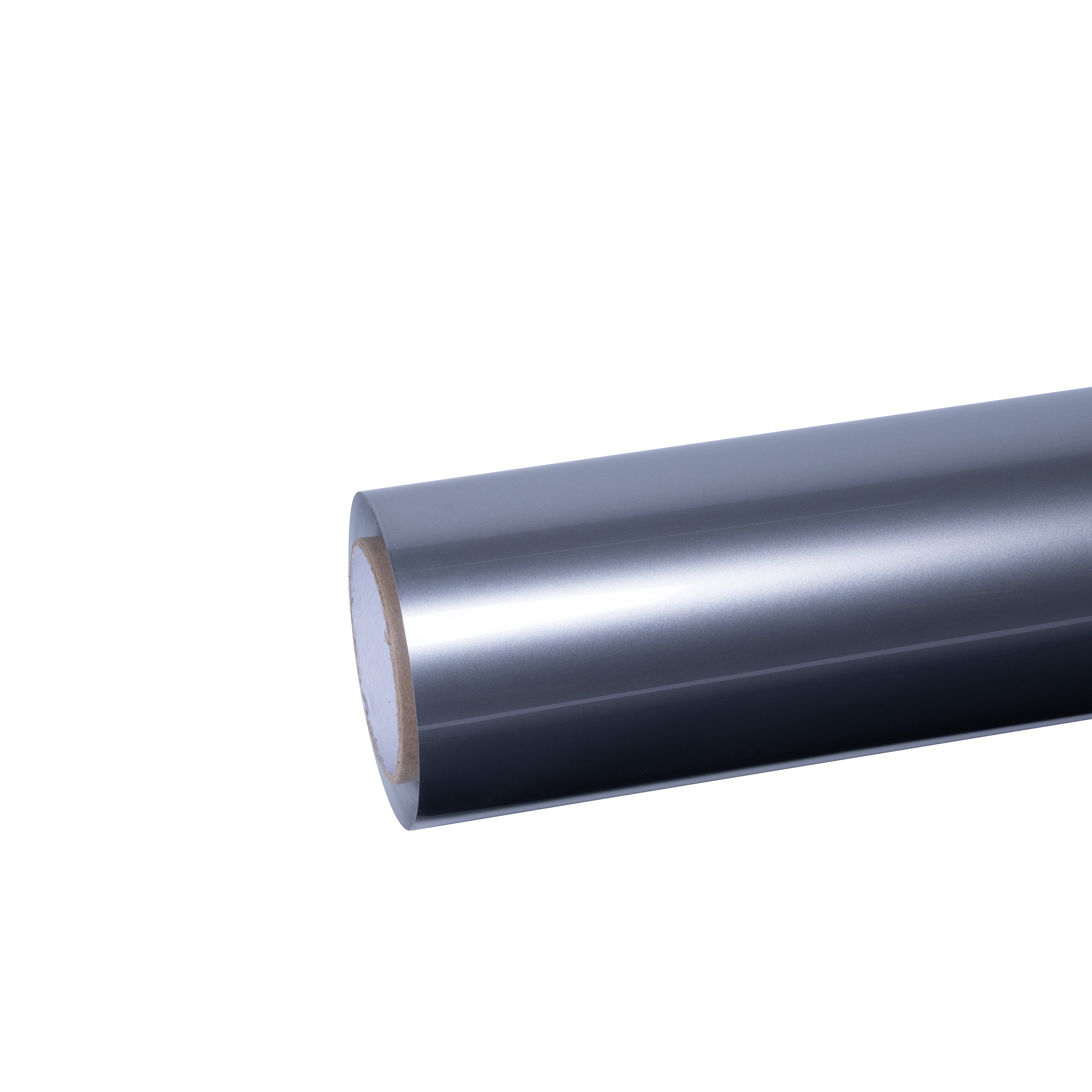Understanding Paint Protection Film (PPF) Technology
Paint Protection Film represents a breakthrough in vehicle preservation technology—a transparent thermoplastic urethane film applied to painted surfaces of automobiles. This virtually invisible shield, often referred to as "clear bra," creates a powerful barrier between your car's paint and potential damage.
Advanced PPF Construction and Benefits
Modern PPF consists of multiple sophisticated layers working together to safeguard your vehicle. The structure typically includes a clear top coat layer with self-healing properties, an elastomeric polymer core, and an advanced adhesive system that bonds securely while remaining removable.
Core PPF Advantages:
Superior Impact Protection: PPF protects the paint for up to 7-10 years with almost self-healing capacity for very small scratches. Paint Protection Films offer superior impact resistance compared to Ceramic Coatings. Their thicker composition provides enhanced protection against flying debris such as rocks, leaves, and bugs.
Self-Healing Technology: The cool self-healing ability of this film comes from soft, stretchy stuff called elastomeric polymers. If your car gets tiny scratches, you can fix them by adding a bit of heat, like from the sun, some warm water, or a heat gun, to get the materials to smooth out the scratches.
Long-Term Durability: A superior PPF product is durable for 7 to 10 years, depending on the quality of the product and is professionally applied and maintained regularly.
Sailifilm's Advanced PPF Solutions
Colored Paint Protection Film: Combines aesthetic enhancement with superior protection against road debris, UV damage, and environmental contaminants. Available in multiple colors, these films allow you to change your vehicle's appearance while providing maximum protection.
TPU Paint Protection Wrap: Offers self-healing properties and excellent conformability for complex curves. Perfect for areas prone to stone chips and minor abrasions, providing invisible protection that maintains your vehicle's original appearance.
Ceramic Coating Technology Explained
Ceramic coating emerges as a liquid polymer containing silica-based compounds that permanently bond to your vehicle's paint. Unlike temporary waxes, this advanced technology creates a semi-permanent protective layer through a chemical bonding process.
Chemical Composition and Performance
The science behind ceramic coating involves sophisticated chemistry. These coatings contain polydimethylsiloxanes (PDMs) that create a clear, glossy, and thermally stable surface. Once applied, the coating's resins, solvents, and additives work together to form a chemical bond with your car's paint at a molecular level.
Ceramic Coating Advantages:
Enhanced Hydrophobic Properties: Ceramic coating offers 2-5 years with very good hydrophobic properties. It offers a hydrophobic surface, which means that water drops roll down, taking dirt with them.
UV Protection Excellence: It would be a good idea to emphasize the coating's protection against UV rays that otherwise cause paint oxidation and fading. The increased gloss presents the vehicle with a showroom shine finish and subsequently increases its visual appeal.
Chemical Resistance: Ceramic coatings provide excellent gloss, UV protection, and hydrophobicity but offer minimal protection from physical impacts.
Direct Performance Comparison: PPF vs Ceramic Coating
Physical Protection Analysis
Impact Resistance: PPF clearly dominates in physical protection. Its thicker composition creates a sacrificial barrier that absorbs impacts from flying debris, rocks, and road hazards. PPF is designed to resist harder impacts like rocks, sand, and other road hazards that might otherwise chip your car's paint job.
Scratch Resistance: While ceramic coatings provide resistance against minor scratches and swirl marks, PPF offers superior protection against deeper scratches and abrasions. Many high-quality PPFs have a self-healing property that automatically repairs minor scratches when exposed to heat.
Maintenance and Cleaning Comparison
Ease of Cleaning: Ceramic coatings excel in this category. The hydrophobic nature of ceramic coatings repels dirt, water, and contaminants, reducing the amount of maintenance required. Water beads and rolls off easily, taking dirt and grime with it.
Long-term Maintenance: PPF enables hassle-free ownership since it offers more protection against minor scratches, but ceramic coatings make regular washing more efficient and less time-consuming due to their self-cleaning properties.
Aesthetic Enhancement Differences
Gloss and Appearance: If you prefer a deeper shine to your car's paint, Ceramic Coatings offer a higher gloss than PPF. Ceramic coatings enhance the depth and gloss of the paint, giving your vehicle a sleek, showroom-like finish.
Finish Options: PPF comes in several varieties to match different aesthetic preferences:
- Gloss PPF for maintaining original shine
- Matte PPF for sophisticated, non-reflective finishes
- Colored PPF for aesthetic transformation with protection
Cost Analysis and Investment Considerations
Initial Investment Comparison
The price difference essentially points out the different protective capabilities. PPF installation goes from significantly higher costs compared to ceramic coatings. This price difference reflects the superior physical protection capabilities and complex installation requirements of PPF.
PPF Investment Factors:
- Higher initial material costs
- Professional installation requirements
- Complex application process
- Premium protection capabilities
- Long-term value preservation
Ceramic Coating Investment Factors:
- Lower initial costs
- Professional or DIY application options
- Faster installation process
- Excellent aesthetic enhancement
- Good chemical protection
Long-Term Value Analysis
PPF Long-Term Benefits:
- Protects against costly paint repairs
- Maintains original factory paint condition
- Preserves resale value significantly
- Prevents depreciation from paint damage
- Self-healing properties reduce maintenance costs
Ceramic Coating Long-Term Benefits:
- Reduces frequent detailing costs
- Eliminates need for regular waxing
- Maintains showroom appearance
- Protects against environmental damage
- Easy maintenance saves time and money
Specialized Applications and Use Cases
High-Performance Vehicle Protection
For luxury, exotic, or high-performance vehicles, the protection strategy should match the investment level. PPF provides comprehensive protection for expensive paint jobs that would be costly to repair or refinish.
Premium Vehicle Considerations:
- Original paint preservation importance
- Resale value maintenance
- Track day protection requirements
- Daily driving hazard protection
- Long-term ownership planning
Daily Driver Optimization
For regular daily drivers, the protection choice depends on driving conditions, budget, and maintenance preferences.
Daily Driver Factors:
- Highway driving exposure to debris
- Urban parking and traffic conditions
- Budget considerations
- Maintenance time availability
- Aesthetic priorities
Advanced Protection: Combining PPF and Ceramic Coating
The Ultimate Protection Strategy
The best (and most expensive) solution is to apply PPF to high-impact areas like the front bumper and hood, and then apply a ceramic coating over the entire car (including the PPF) for maximum gloss and ease of cleaning.
Combined System Benefits:
Enhanced Durability: Applying a ceramic coating on top of PPF can extend the overall durability, ensuring a longer lifespan for both the PPF and the coating.
Superior Aesthetics: Ceramic coating enhancement: Ceramic coatings add an additional layer of UV protection, reducing the potential for paint fading over time. Applying ceramic coating on top of PPF can take the appearance to the next level, providing a showroom-quality shine.
Optimized Maintenance: The hydrophobic properties of ceramic coating make PPF easier to clean and maintain, while the PPF provides the physical protection that ceramic coating cannot offer.
Strategic Coverage Planning
High-Impact Area PPF:
- Front bumper and spoiler
- Hood and fender areas
- Mirror caps and door edges
- Headlight and taillight protection
- A-pillar and roofline areas
Full Vehicle Ceramic Coating:
- Enhanced gloss over entire vehicle
- Consistent hydrophobic properties
- UV protection for all painted surfaces
- Easy maintenance across all panels
- Unified aesthetic appearance
Material Quality and Selection Considerations
PPF Quality Factors
Not all Paint Protection Films are created equal. Choosing the right film means looking beyond coverage alone and focusing on the features that matter most for protection, appearance, and long-term value.
Premium PPF Characteristics:
- Multi-layer construction
- Self-healing top coat
- UV-stable materials
- High optical clarity
- Strong adhesive systems
Sailifilm Quality Advantages
TPU Paint Protection Wrap: Features advanced thermoplastic urethane construction with superior conformability and self-healing properties. Designed for professional installation and long-term durability.
Colored Paint Protection Film: Provides the unique advantage of color change with protection, allowing aesthetic transformation while maintaining all protective benefits of premium PPF.
Installation and Professional Considerations
Professional Installation Importance
Both PPF and ceramic coating benefit significantly from professional installation, though the complexity and precision requirements differ.
PPF Installation Requirements:
- Climate-controlled environment
- Precision cutting and fitting
- Complex curve handling
- Edge wrapping techniques
- Quality control processes
Ceramic Coating Application:
- Surface preparation protocols
- Environmental condition control
- Multiple layer application
- Proper curing procedures
- Quality assurance testing
DIY vs Professional Decision Factors
Choose Professional Installation When:
- Working with high-value vehicles
- Requiring warranty coverage
- Needing complex curve work
- Prioritizing long-term results
- Lacking proper tools and environment
DIY Considerations:
- Budget constraints
- Learning experience value
- Simple, single-panel applications
- Existing experience and tools
- Lower-risk vehicle applications
Future Technology and Innovation Trends
Emerging PPF Technologies
Smart PPF Innovations:
- Temperature-responsive color changes
- Enhanced self-healing capabilities
- Improved optical clarity
- Advanced adhesive systems
- Integrated sensor compatibility
Ceramic Coating Advancements
Next-Generation Coatings:
- Graphene-enhanced formulations
- Extended durability formulas
- Improved chemical resistance
- Enhanced hydrophobic properties
- Easier application processes
Decision-Making Framework
Key Questions for Choosing Protection
Ask yourself one simple question: What is my biggest fear for my car's paint? If your answer is "rock chips and physical damage," you need Paint Protection Film (PPF). If your answer is "fading, stains, and spending weekends cleaning," you need a Ceramic Coating.
Choose PPF When:
- Maximum physical protection is priority
- Vehicle has high value or special significance
- Driving conditions include frequent debris exposure
- Long-term ownership is planned
- Original paint preservation is crucial
Choose Ceramic Coating When:
- Enhanced aesthetics and gloss are priority
- Easy maintenance is important
- Chemical and UV protection are main concerns
- Budget considerations favor lower initial cost
- Quick installation is preferred
Choose Combined Protection When:
- Maximum protection and aesthetics are desired
- Budget allows for premium solution
- Vehicle represents significant investment
- Both physical and chemical protection are needed
- Ultimate long-term value preservation is goal
Maintenance Protocols for Optimal Performance
PPF Maintenance Best Practices
Regular Care Requirements:
- Hand washing with pH-neutral soaps
- Avoiding harsh chemicals and abrasives
- Immediate contaminant removal
- Periodic professional inspection
- Proper storage when possible
Ceramic Coating Maintenance
Maintenance Schedule:
- Regular washing with appropriate products
- Periodic coating maintenance sprays
- Annual professional inspection
- Reapplication planning at 2-5 year intervals
- Environmental protection when possible
Conclusion: Making the Right Choice for Your Vehicle
The choice between PPF and ceramic coating—or the combination of both—depends on your specific priorities, budget, and driving conditions. PPF provides unmatched physical protection with self-healing capabilities and long-term durability, making it ideal for high-value vehicles and harsh driving conditions.
Ceramic coating offers superior aesthetics, ease of maintenance, and excellent chemical protection at a more accessible price point, perfect for daily drivers prioritizing appearance and convenience.
For the ultimate in vehicle protection, combining Sailifilm's premium PPF solutions with professional ceramic coating creates an unbeatable defense system that maximizes both protection and aesthetics.
Whether you choose the superior impact resistance of colored PPF, the convenience of ceramic coating, or the ultimate protection of both, investing in paint protection preserves your vehicle's appearance, maintains its value, and ensures years of pristine beauty.
Explore Sailifilm's complete best-selling protection solutions to find the perfect combination for your vehicle protection needs. From premium TPU films to innovative colored options, we provide the materials and expertise to keep your investment looking extraordinary for years to come.
External Resources:
